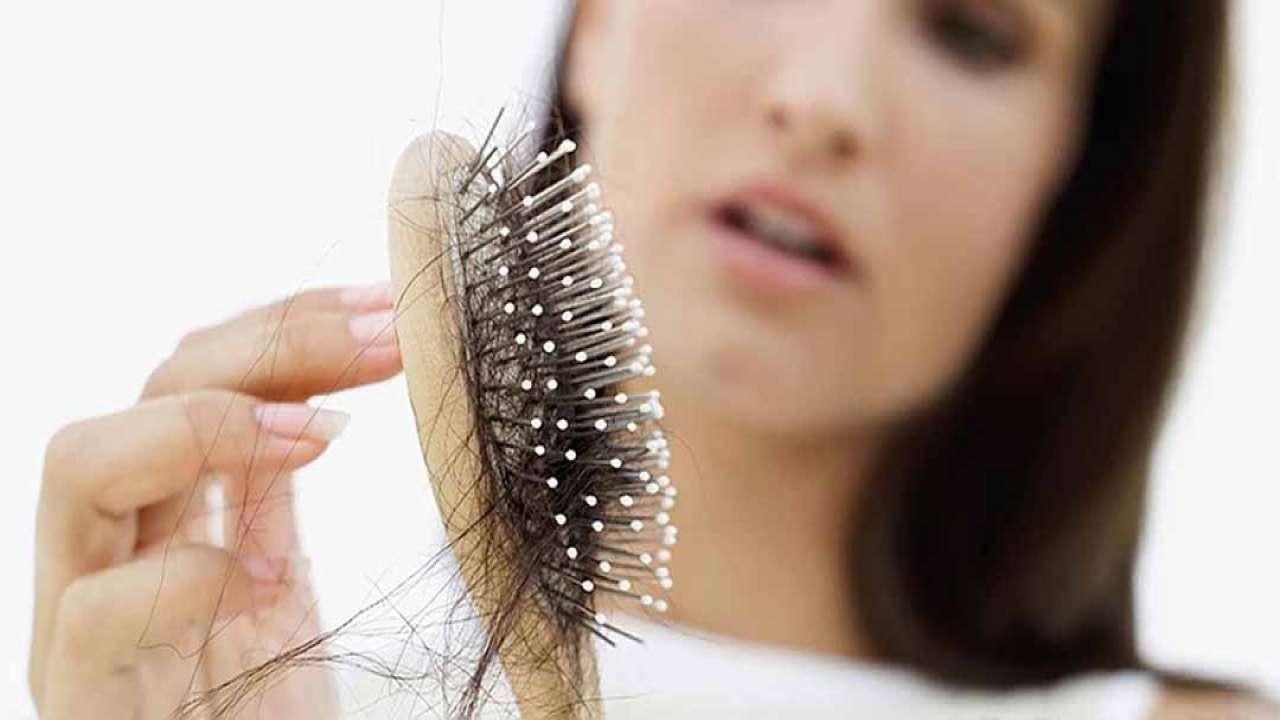
1. At-home treatments :
At-home treatments offer convenience, and you can buy many of them without a
prescription. Because studies show that the following can help, your dermatologist
may include one (or more) in your at-home treatment plan.
– Minoxidil : To use Minoxidil, you apply it to the scalp as directed, usually once or
twice a day.
When used as directed, minoxidil can:
+ Stimulate hair growth
+ Prevent further hair loss
Minoxidil tends to be more effective when used along with another treatment for hair
loss. Many people see some regrowth when using Minoxidil, but it takes time to see
results, usually about 6 to 12 months.
Should you see regrowth, you will need to keep using it every day.
If you stop applying minoxidil, you lose its benefits. Because Minoxidil helps you
maintain your hair’s thickness, some hairs may look and feel thinner. You’ll also
gradually notice that you’re shedding more hair.
– Laser for at-home use: You can buy laser caps and combs to treat hair loss at home.
While only a few studies have looked at these devices, the results are promising.

2. Procedures to help regrow hair :
– Injections of corticosteroids: To help your hair regrow, your dermatologist injects
this medication into the bald (or thinning) areas. These injections are usually given
every 4 to 8 weeks as needed, so you will need to return to your dermatologist’s office
for treatment.
– Hair transplant: If you have an area of thinning or balding due to male (or female)
pattern baldness, your dermatologist may mention a hair transplant as an option. This
can be an effective and permanent solution.
– Laser therapy: If using minoxidil every day or taking medication to treat hair loss
seems unappealing to you, laser therapy may be an option. Also called low-level laser
therapy, a few studies suggest that this may help:
+Hereditary hair loss.
+Alopecia areata.
+Hair loss due to chemotherapy.
+Stimulate healing and hair growth after a hair transplant.
– Platelet-rich plasma (PRP): Studies show that this can be a safe and effective hair
loss treatment. PRP involves drawing a small amount of your blood, placing your
blood into a machine that separates it into parts, and then injecting one part of your
blood (the plasma) into the area with hair loss.
The entire procedure takes about 10 minutes and usually doesn’t require any
downtime.
You will need to return for repeat injections. Most patients return once a month for 3
months and then once every 3 to 6 months. Within the first few months of treatment,
you may notice that you are losing less or minimal amounts of hair.
3. Prescription medication that can regrow hair:
– Finasteride : The U.S. Food and Drug Administration (FDA) approved this
medication to treat male pattern hair loss. When taken as directed, finasteride can:
+ Slow down hair loss.
+ Stimulate new hair growth.
Finasteride is a pill that you take once a day. Taking it at the same time each day
seems to produce the best results.
– Spironolactone: For women who have female pattern hair loss, this medication may
be an option. It can:
+ Stop further hair loss.
+ Increase hair thickness.